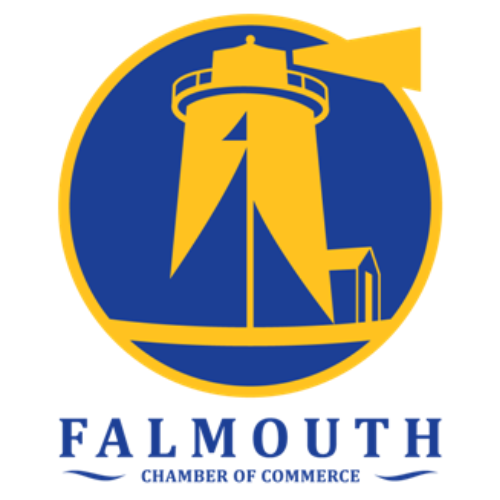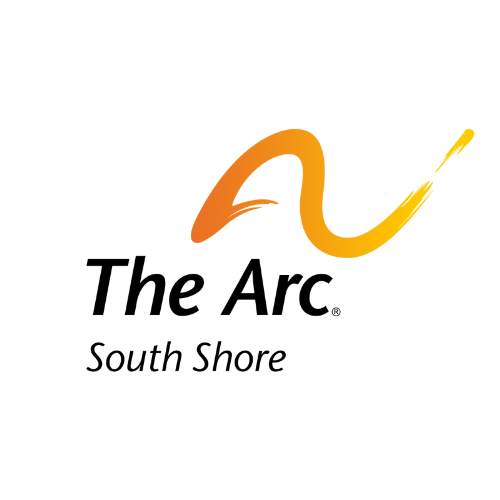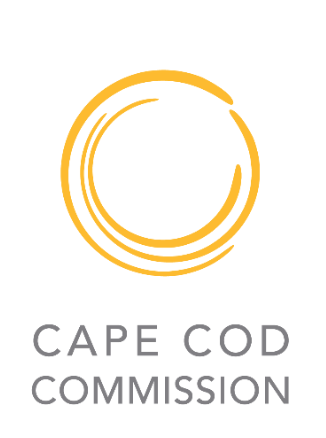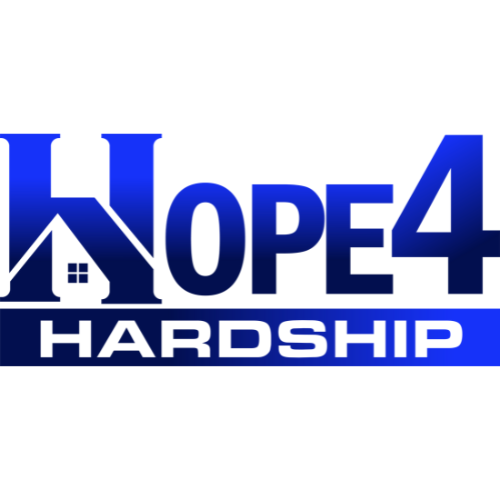Coastal erosion is a serious threat to the beaches, dunes and banks of Cape Cod. The morphological processes leading to coastal erosion are complex but, in general, can be attributed to sea level rise and severe weather events such as nor’easters, which erode beaches and remove vegetation, exposing previously protected areas to high vulnerability.
Property owners along the shoreline are becoming more proactive in finding sustainable solutions to enhance the resilience of the waterfront. Since erosion affects every property differently, a comprehensive approach that considers the specific characteristics of each coastal system is required.
The first step before undertaking an erosion control project is to consult with the professionals who understand the coastal processes, are familiar with the local regulations, and can develop plans to navigate through the regulatory approval process. An accurate compilation of historical data and an existing conditions survey are essential for engineers in order to develop a proper set of design plans that support coastal resiliency initiatives.
As technology advances, so do the land survey methods. While a process called photogrammetry has been around for years, the technology has evolved with the advent of digital photography. Modern photogrammetry uses unmanned aerial vehicles (UAVs, or drones) equipped with digital cameras to capture detailed aerial images. Resulting topographic surveys, together with bathymetric data, can aid in coastal mapping as well as monitoring of erosion, sedimentation, and other environmental changes.
Below is a summary of the photogrammetry data collection process and benefits.
Overview of Photogrammetry Process:
- Aerial Data Collection: Drones equipped with a high-resolution camera capture a series of overlapping images by flying at predetermined altitudes and paths to ensure comprehensive coverage of your project area.
- Image Processing: The collected aerial images are processed using specialized photogrammetry software which analyzes the images and calculates point position, orientation, and size.
- Digital Elevation Models: Engineers then generate highly accurate digital elevation models (DEMs). DEMs represent the terrain’s surface as a collection of points with elevation values, allowing for detailed topographic analysis.
- Orthomosaic Mapping: Another important output of drone photogrammetry is the creation of orthomosaic maps. Orthomosaics are high-resolution, georeferenced aerial images that have been stitched together, corrected for distortions, and adjusted for topographic relief. These maps provide a detailed and accurate representation of the surveyed coastal area.
Benefits of Photogrammetry Data:
- Coastal Monitoring: The digital models and orthomosaics provide data that enables regular monitoring of coastal areas to track changes in topography, erosion, and shoreline movement. The drone is able to quickly cover large stretches of shoreline or land. This allows for quicker assessments of the impact of natural processes and human activities on coastal regions.
- Environmental Studies and Planning: The data derived from drone photogrammetry surveys can be used for various environmental studies and coastal management initiatives. It aids in analyzing coastal erosion, assessing habitat conditions, planning infrastructure projects, and understanding the impacts of climate change.
- Cost and Time Efficiency: Compared to traditional surveying methods, drone photogrammetry offers significant cost and time savings because drones can provide highly accurate data without the need for extensive ground-based surveys.
- Safety and Accessibility: The use of drones minimizes risks to human surveyors in hazardous coastal environments. They can access remote or hard-to-reach areas, such as cliffs, wetlands, or unstable terrain, where traditional surveying methods might be challenging or dangerous.
Photogrammetry allows for efficient data collection in hard-to-access or hazardous areas, ensuring complete coverage of the shoreline. It enables timely decision-making and proactive management strategies by providing real-time data and as such, it can be a valuable tool to complement the traditional surveying methods.
Austin Cahill is an Engineering Technician at Coastal Engineering Company, which has successfully employed drone surveying for a number of shorefront restoration and erosion-control projects on Cape Cod. To schedule a meeting with the Coastal Engineering Company team to evaluate survey methods that may be a good fit for your project, call 508-255-6511 or email info@coastalengineeringcompany.com.



























